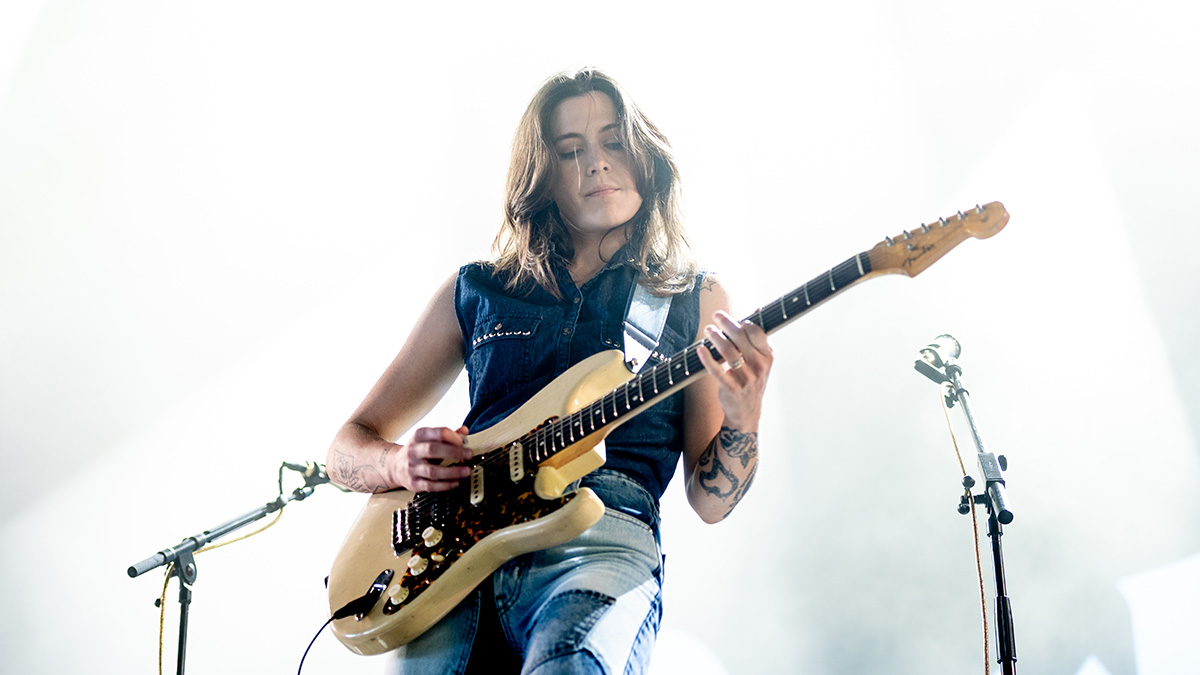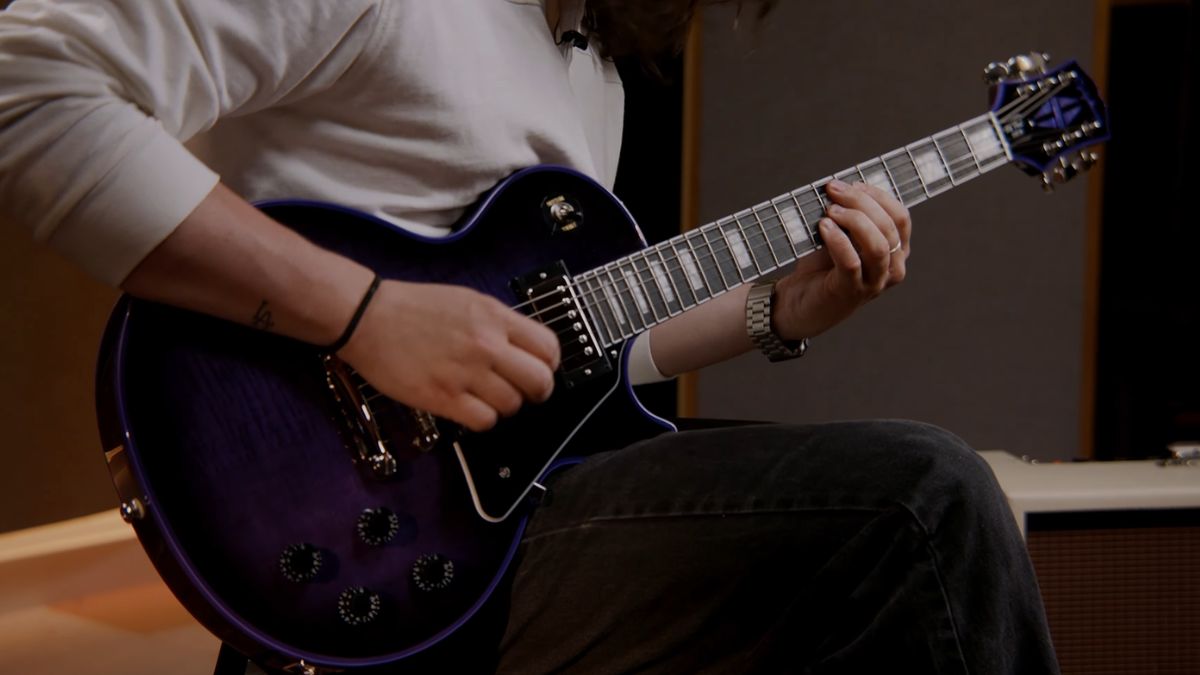NAMM 2024: Can a Yamaha Pacifica ever be worth $2,000? We played the new Pacifica Professional to find out
Forget the name: there’s a lot more to Yamaha’s new flagship than you might think, including some genuine industry firsts
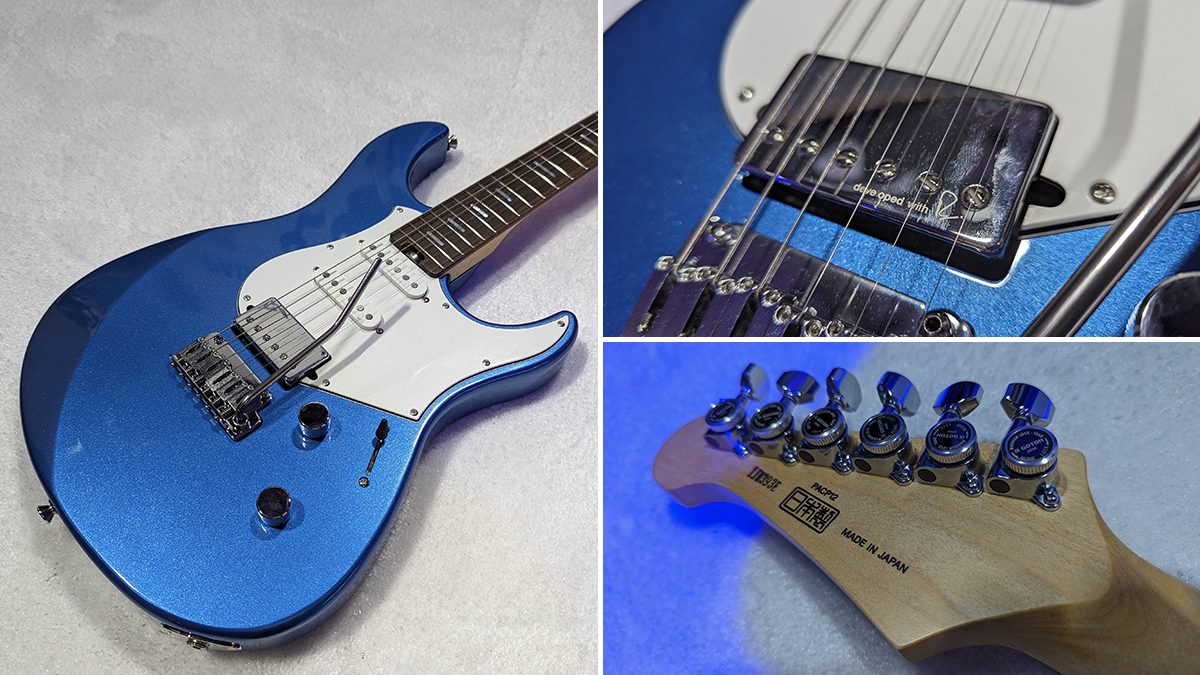
NAMM 2024: The Yamaha Pacifica is one of the all-time classic budget electric guitars. So much so, we still reckon the 112V variant is one of the best beginner electric guitars on the market. So the release of a Professional version priced at $2,199 has raised a few eyebrows to say the least. As my esteemed colleague Matt Parker put it, “Yamaha is hoping to prove the beginner workhorse has thoroughbred potential.”
Yet back when the format was first created in 1990, the Pacifica was considered a custom-level instrument, built for the LA session players. So the Japanese-built Professional is, in fact, a return to the guitar’s roots.
That said, many guitarists may still struggle to marry the idea of a Pacifica and a $2k price tag. Could a Yamaha Superstrat ever be worth that kind of money? There was only one way to find out.
On day one of NAMM, I hightailed it over to Yamaha’s enormous (and astonishingly loud) third-floor suite and grabbed a PacPro in Sparkle Blue.
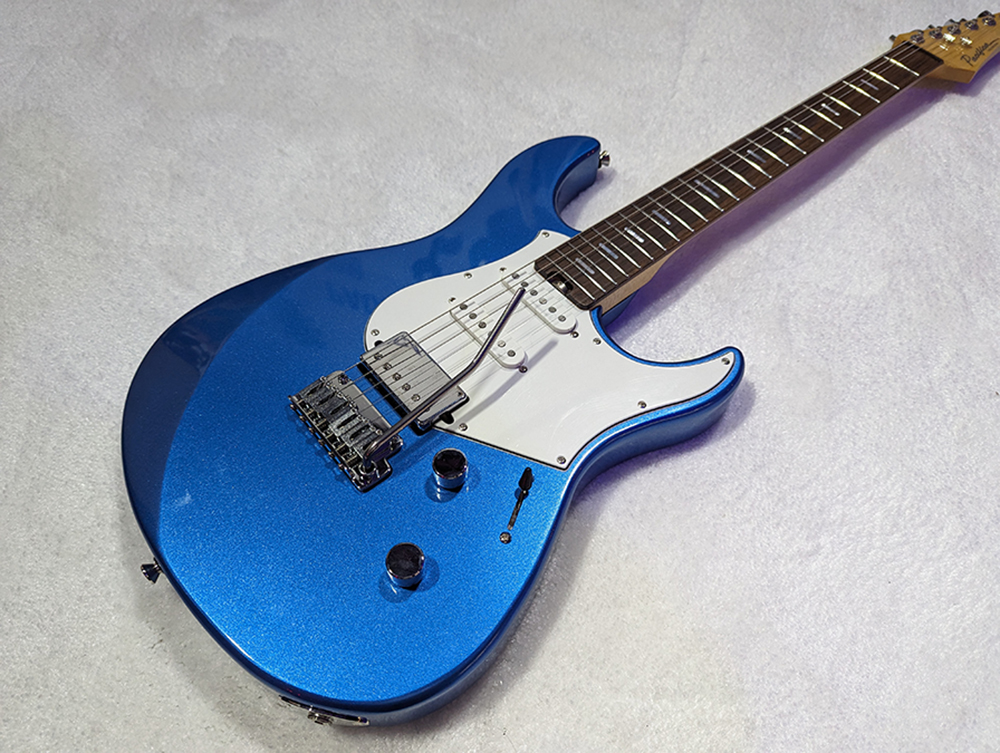
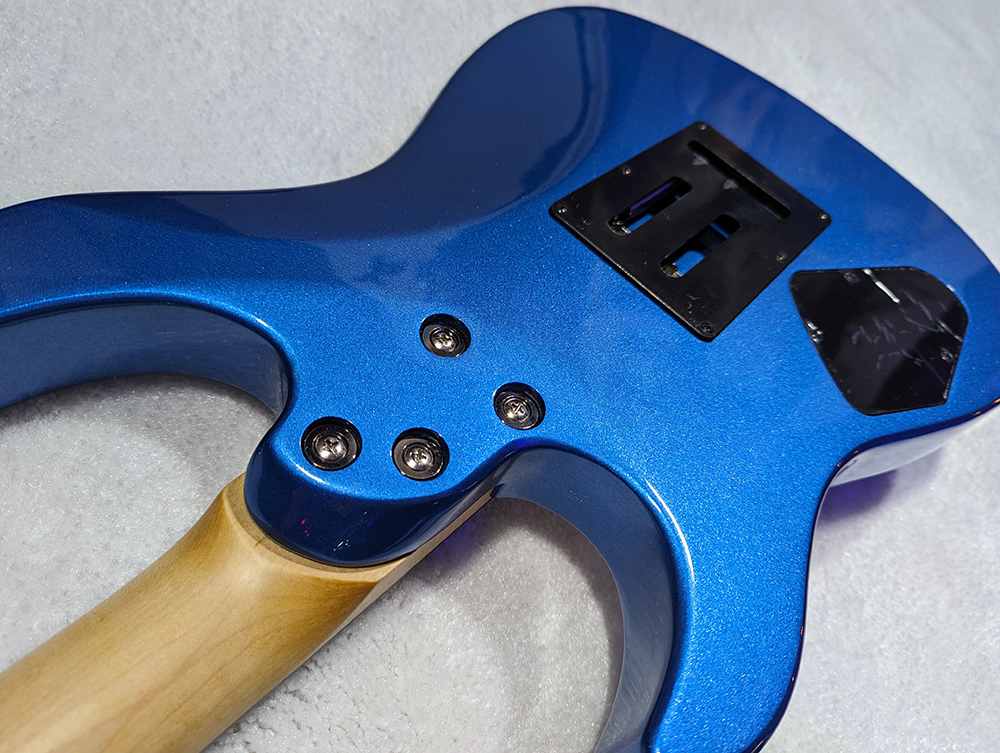
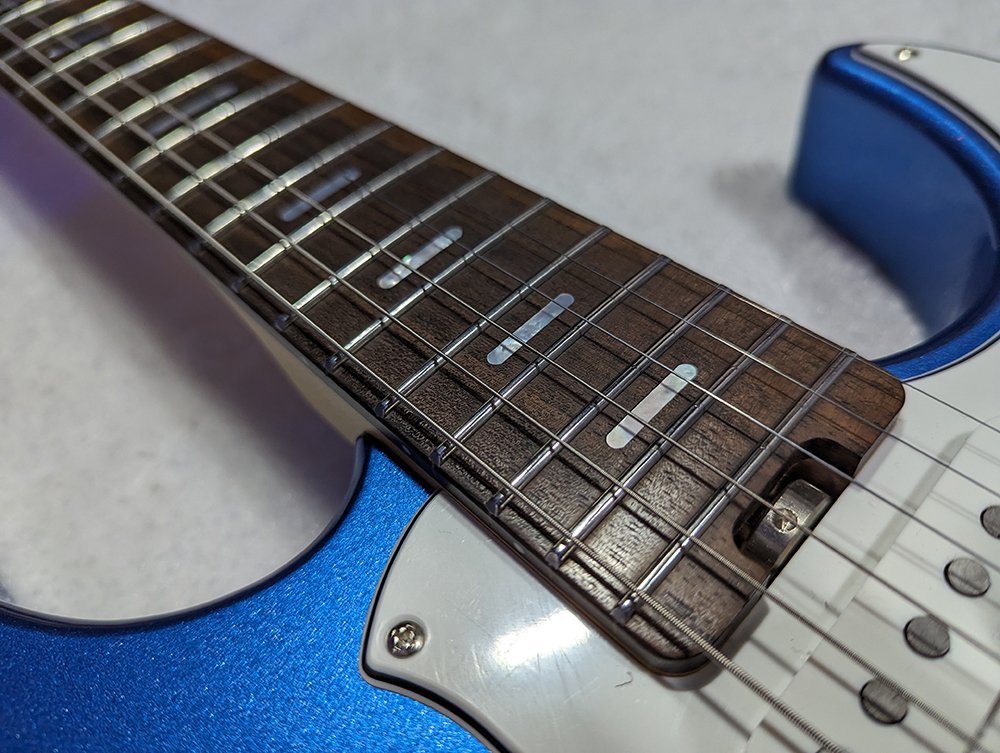
First up, these things look real nice in person. The finishes – inspired by ‘Japanese city pop art’ and ‘Southern California vibes’ – are real purdy, the inlays are classy, and the Yamaha medallion on the headstock is a nice touch.
They feel good, too. There’s a satisfying ruggedness to the build that mirrors the Revstar range, but slightly more high-end, with light-touch satin necks and the smoothest control knobs you ever did roll.
It was impossible to hear much acoustically from the guitar on the showfloor, but I was able to plug into a THR30II with headphones to get a sense of how it actually sounds through an amp. And I was blown away.
Get The Pick Newsletter
All the latest guitar news, interviews, lessons, reviews, deals and more, direct to your inbox!
The balance and clarity of the Professional’s Reflectone pickups is extraordinary – in fact, these pups are some of the cleanest I've ever heard outside of fully active designs, even through what could be a sterile listening environment.
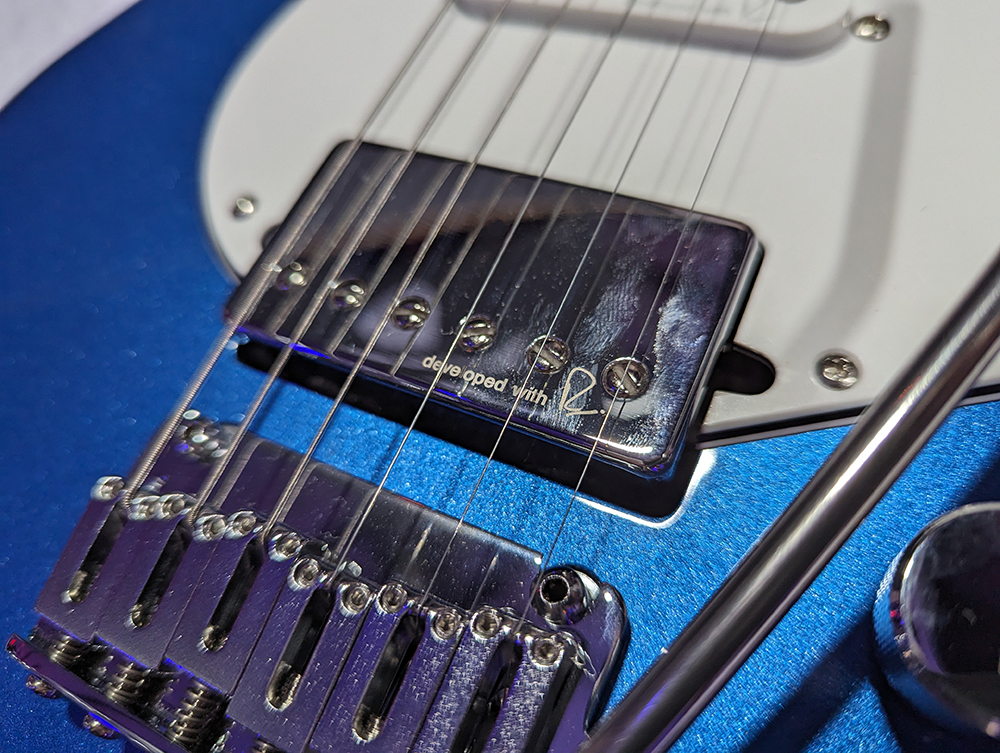
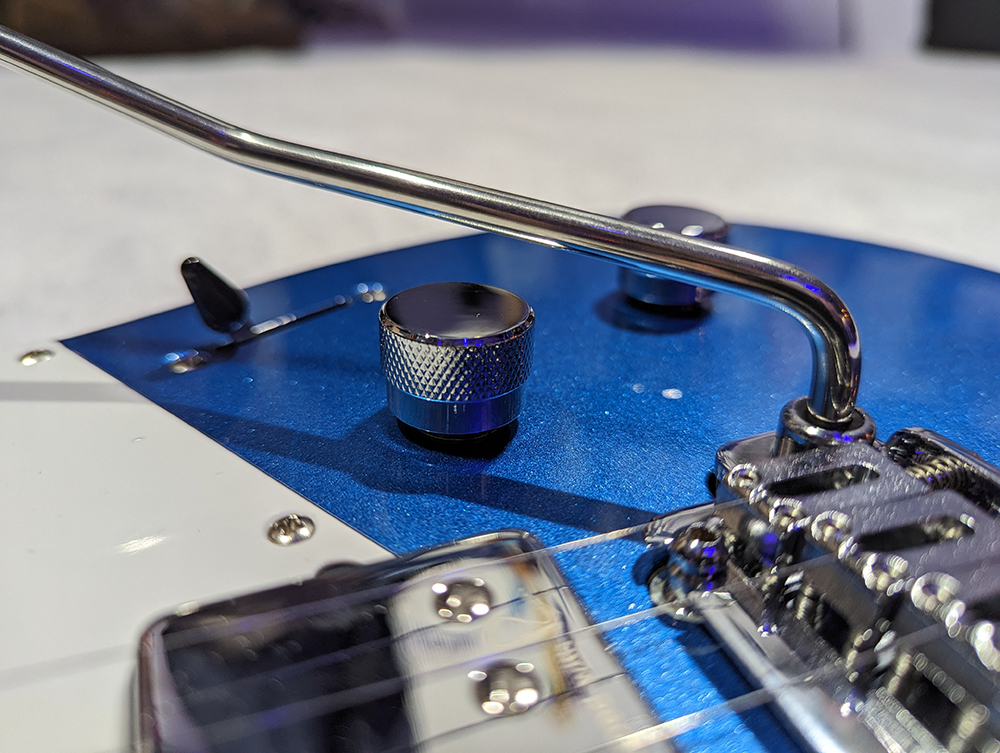
And that makes sense when you consider they were developed with the team at Rupert Neve Designs. It’s the first time the famed audio experts have ever built guitar pickups, and they were four years in the making. The aims were maximum clarity, a wide EQ spectrum that respected bass and treble response without sacrificing either, and balanced volumes on every pickup selection, including the bridge coil-split.
The resultant tone is uncanny, almost like a pre-produced guitar sound, even with distortion. I could feel the touch sensitivity, that juicy jump in output when you dig in with the pick, but with no midrange scoops or tonal weak spots across the positions. It makes you feel more creative, more confident in your tonal options.
The guitar’s exhaustive R&D process extends beyond the pickups, too. Yamaha Guitar Marketing Manager Brandon Soriano – formerly of Norman’s Rare Guitars, dontcha know – took me under the hood, and explained that the PacPro’s physical build was the result of Yamaha’s experiments in acoustic design process.
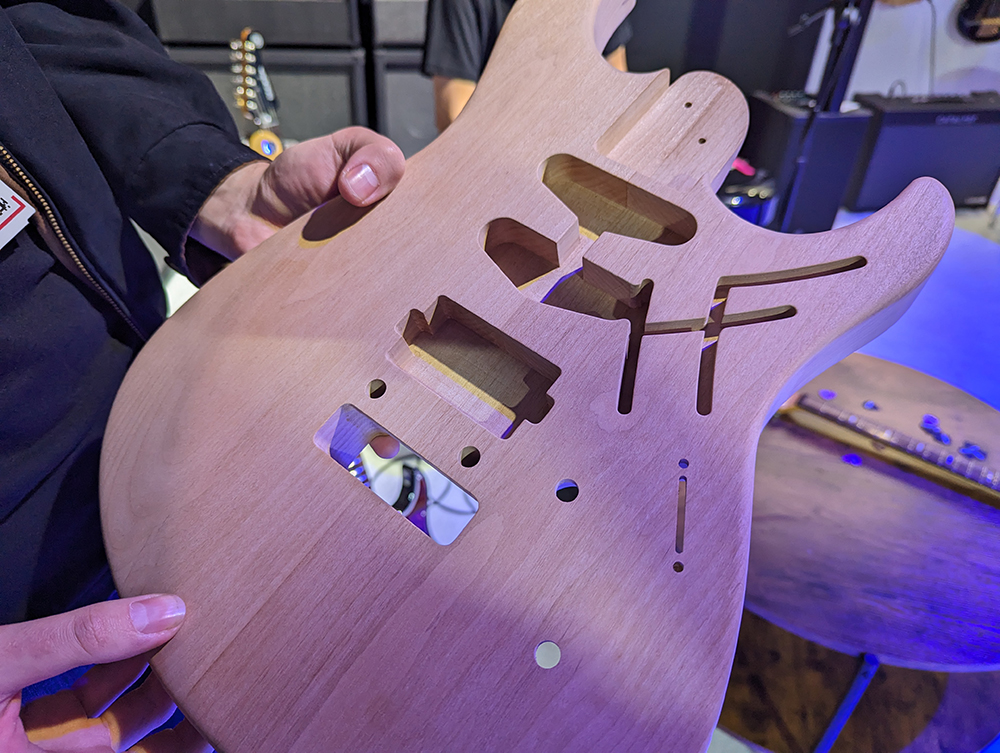
“Essentially, our engineers have the ability to 3D model the exact guitar and in this 3D modelling, they can try out different chambering – different bevels, different cuts – and they can simulate resonating the wood at different frequencies,” he explained.
“We were able to find out the best way to chamber out parts of the guitar for resonance purposes. So there's some slits underneath the pickguard area on the top of the guitar, and those are serving to reduce the stiffness in that area of the body, but if you turn it over and look inside the control cavity, there's actually a wooden bar running through the middle of it that increases stiffness. We're using this decrease and increase of stiffness around the body to create a balance and a trade-off of frequencies.”
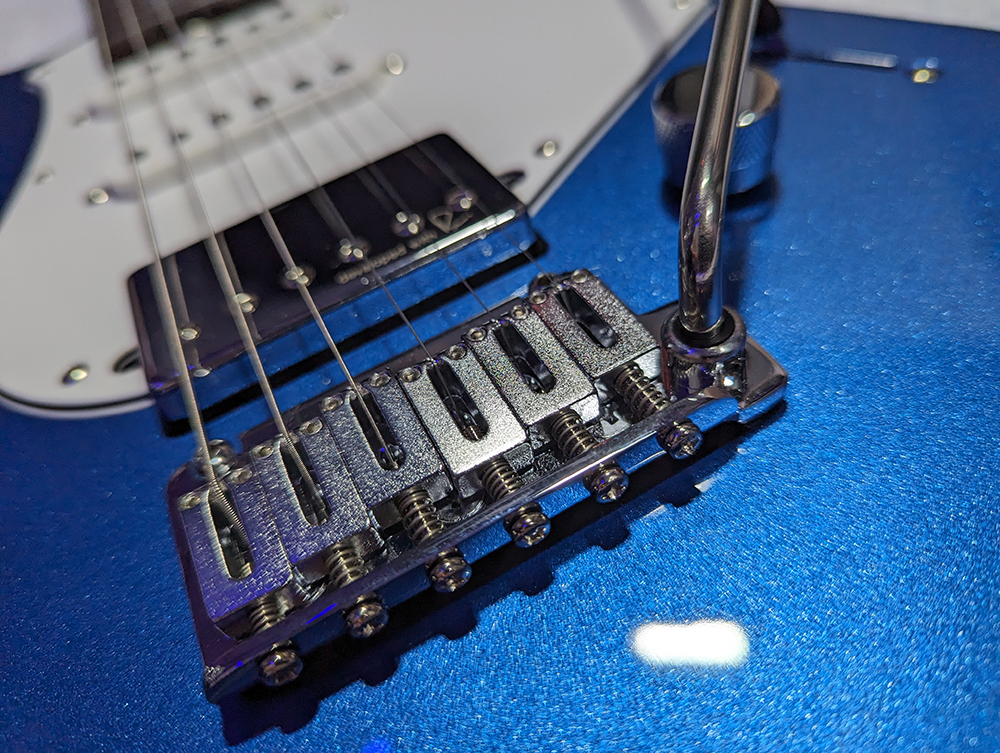
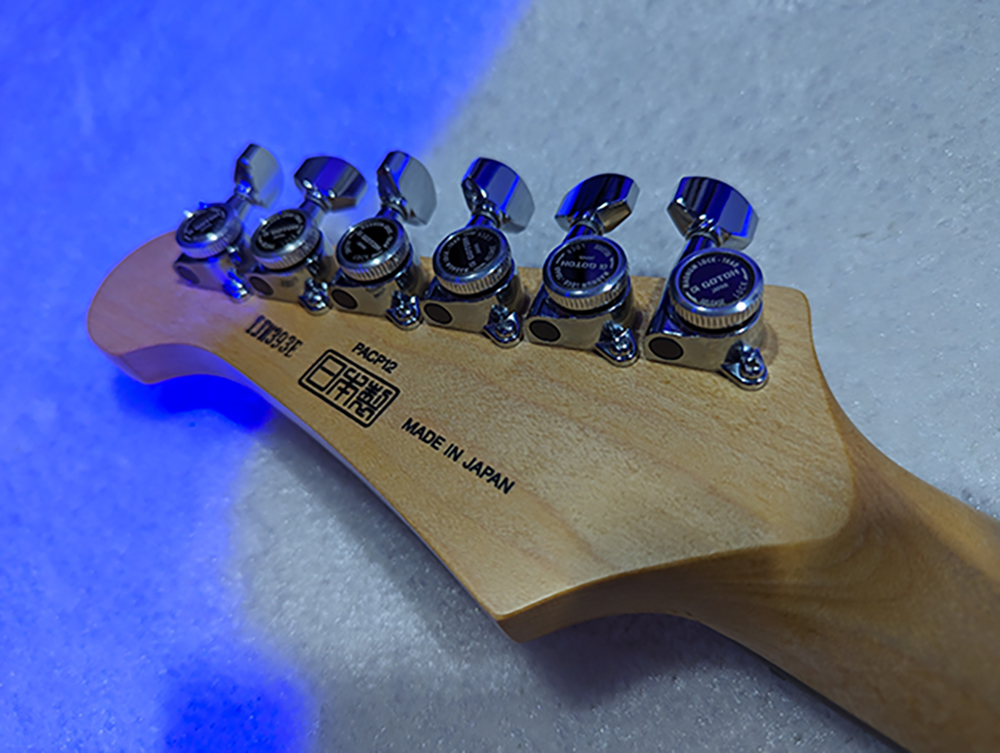
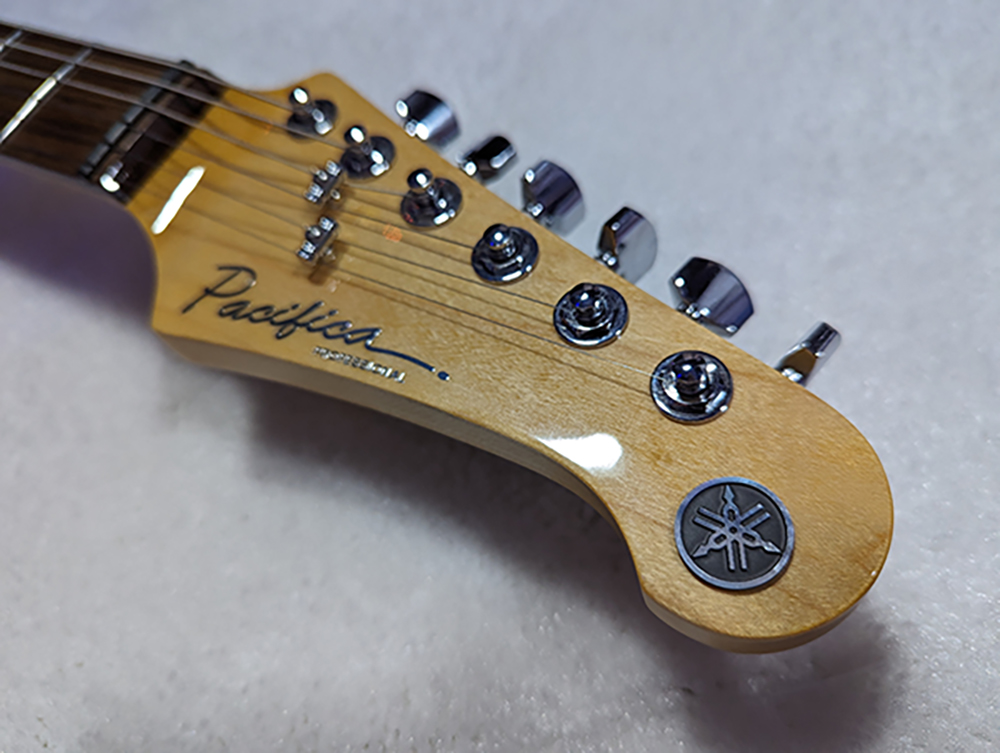
It might sound gimmicky, but this is exactly the kind of attention to detail that will set the Pacifica Professional apart from its many competitors.
More importantly, the playability of this guitar matches up to its tones. Stainless steel frets and compound-radius necks make for a silky smooth experience. The intonation is on point, the action super-low. The Gotoh tremolo is wonderfully responsive and returns to pitch like a champ (shoutout to those roller string trees and locking tuners). I hesitate to call any aspect of a guitar ‘perfect’, but dang, the feel is seriously impressive.
Now, I'm a sucker for Japanese guitars in general, but these are among the best guitars I've ever played, no matter where in the world they're built. In my short time with it, the Pacifica Professional was giving me serious Suhr and Tom Anderson vibes.
But it still says Pacifica on the headstock – perhaps the only thing I could fault about it. For my money, it doesn’t quite convey the same boutique-level quality that the rest of the guitar so capably delivers.
So, yes, Yamaha may have a hard time convincing players to rid themselves of the Pacifica's beginner guitar connotations. But ignore the Pacifica Pro at your peril: this is a world-class instrument, and I walked away from the Yamaha booth with my jaw firmly dropped and any preconceptions thoroughly shattered.
For more guitar gear goodness from this year's show, head over to our dedicated guide to NAMM 2024 news.

Mike is Editor-in-Chief of GuitarWorld.com, in addition to being an offset fiend and recovering pedal addict. He has a master's degree in journalism from Cardiff University, and over a decade's experience writing and editing for guitar publications including MusicRadar, Total Guitar and Guitarist, as well as 20 years of recording and live experience in original and function bands. During his career, he has interviewed the likes of John Frusciante, Chris Cornell, Tom Morello, Matt Bellamy, Kirk Hammett, Jerry Cantrell, Joe Satriani, Tom DeLonge, Ed O'Brien, Polyphia, Tosin Abasi, Yvette Young and many more. In his free time, you'll find him making progressive instrumental rock under the nom de plume Maebe.
“The guitar is the instrument of the people”: The IGF Summer School celebrates 30 years of levelling up guitar players with a bumper Bath event
These are the gear trends that will shape your guitar buying in 2025: we explored every inch of NAMM to discover what brands are plotting for the next 12 months – and how the guitar gear world at large is changing






